Bird flu deaths in Scotland are tailing off after a disastrous breeding season, but the RSPB is still ‘deeply concerned’ about the disease’s impact this autumn and winter.
There have been thousands of reported deaths of seabirds in colonies all across Scotland this year amid outbreaks of Highly Pathogenic Avian Influenza (HPAI).
Species like gannets, guillemots, terns and great skuas (also known as bonxies) have been spotted dead or dying in great numbers on beaches and coastlines across the country.
Mass death reports of birds in places like Shetland, Orkney, the Fair Isle, Aberdeenshire and the Western Isles have all caused great concern for RSPB Scotland.
However, in recent weeks the number of reported birds washing up dead or struggling and suspected to be infected with bird flu has dropped off.
We spoke to RSPB Scotland species and habitat officer Robyn Stewart to find out why, and get an update on efforts to calculate the scale of this year’s disaster.
Why are reported bird flu deaths ‘tailing off’?
Robyn explained that right now, the RSPB has “a lot more questions than we do answers, because we’ve never faced this before”.
She explained that typically, the normal peak season for avian influenza to impact wild birds in Scotland is throughout autumn and winter.
“That’s why this year has been so unusual,” she explained.
“We have had a significant outbreak during the breeding season, which normally doesn’t happen.”
The breeding season for seabirds typically runs from March and April until around the middle of September.
During this season, Robyn explained that the potential for bird flu to spread is increased because all the species are living in tightly-packed conditions.
The species and habitat officer said reported cases are “tailing off now, but that’s largely because the seabird breeding season is coming to a close”.
She added: “They’re no longer in really close quarters, so the likelihood of the virus spreading is vastly reduced.”
‘Huge’ impact of bird flu could even put certain species from amber to red conservation status
Robyn said the RSPB is working closely with partner organisations such as Nature Scot in order to fully understand just how many birds have died amid the bird flu outbreak among wild birds in Scotland this year.
Counts have been carried out at colonies of species like gannet, however, right now RSPB Scotland only has a rough estimate of the scale of the impact.
It’s feared the disease has caused so many deaths that certain key seabird species could have a “downgrade” to their conservation status.
Robyn explained: “To understand the impact at a population level, that will only happen next year when the birds return to those breeding colonies and we can see just how many adult birds are returning.
“A lot of seabird colonies have really good datasets from monitoring that has taken place over years and years, so we will be able to get a really good idea at the start of breeding season next year.
“We will be able to say if we need to downgrade birds in terms of their conservation status, so for example, great skuas could move from being amber listed to being red-listed.
“That’s the scale of the impact at a population level we could be looking at — it’s huge.”
Breeding season may be finishing, but ‘deep concerns’ remain over disease this autumn and winter
Depending on the species, a lot of birds will be moving on to their wintering grounds soon.
Robyn said this means Scotland is due to a “huge influx of migratory birds coming from Greenland, the arctic, and Scandinavia” to spend their winters here.
She said: “We have huge populations of migratory geese and waders, and they’re going to be arriving about now.
“We’re deeply concerned about what’s going to happen in the autumn and winter.”
Similarly to the understanding of the situation across Scotland, Robyn said the RSPB still “don’t know what the full picture is” with regards to bird flu at the breeding grounds of these winter visitors.
She said it is hoped a joint statement will be coming out in October from all the different organisations across Scotland and the rest of the UK who have been working together to calculate the true toll of bird flu.
“At that point, we’ll have a better idea of the scale of the mortality, and then be able to draw early conclusions as to the impact of the conservation status of seabirds”, said Robyn.
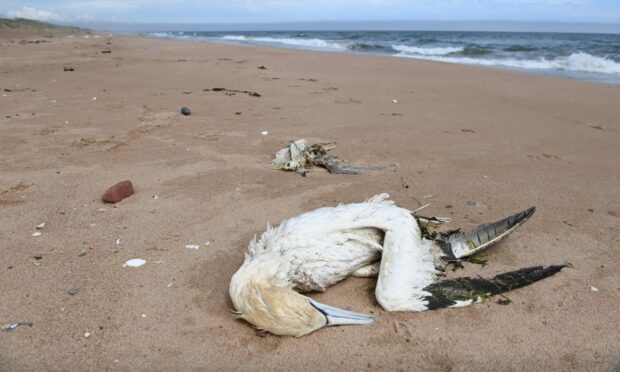
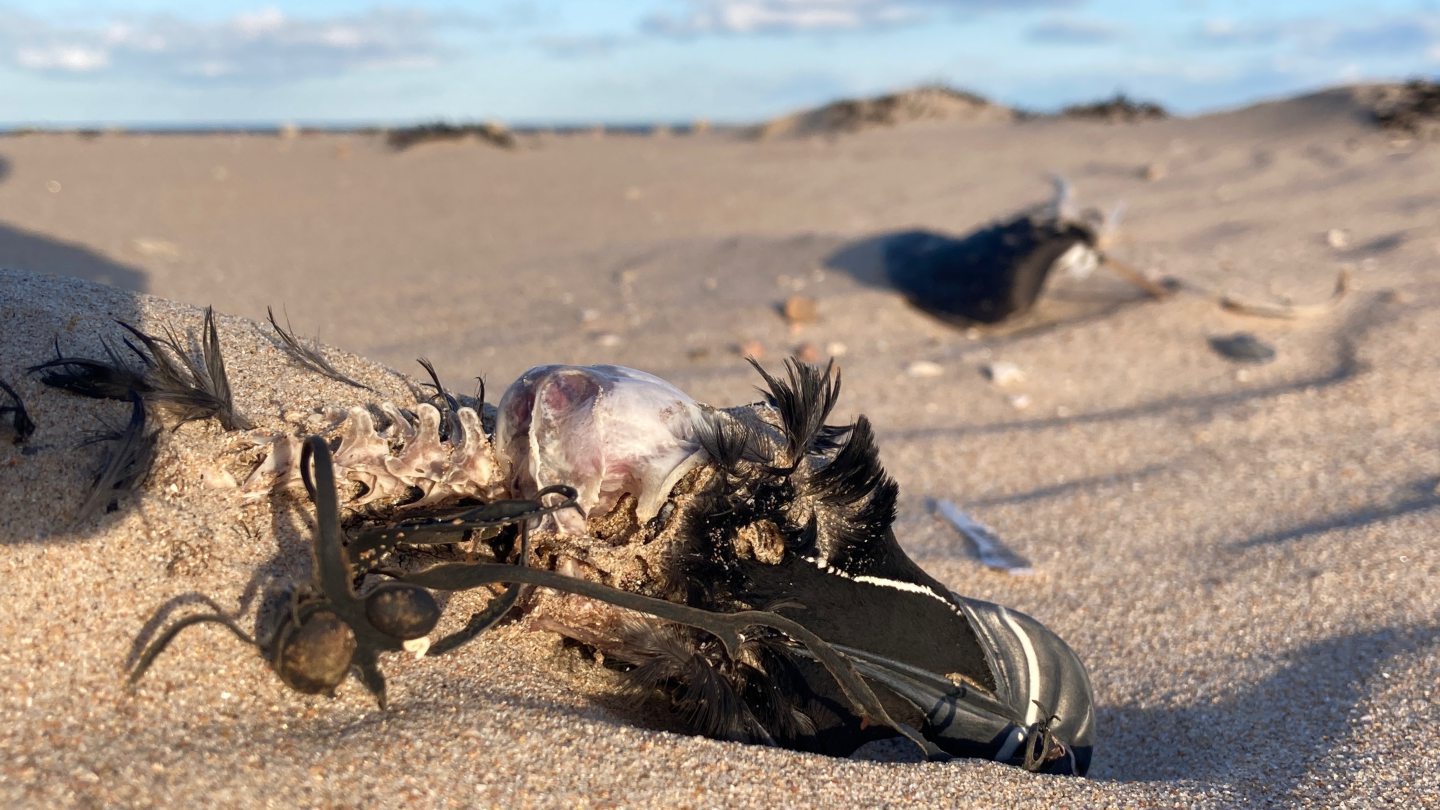
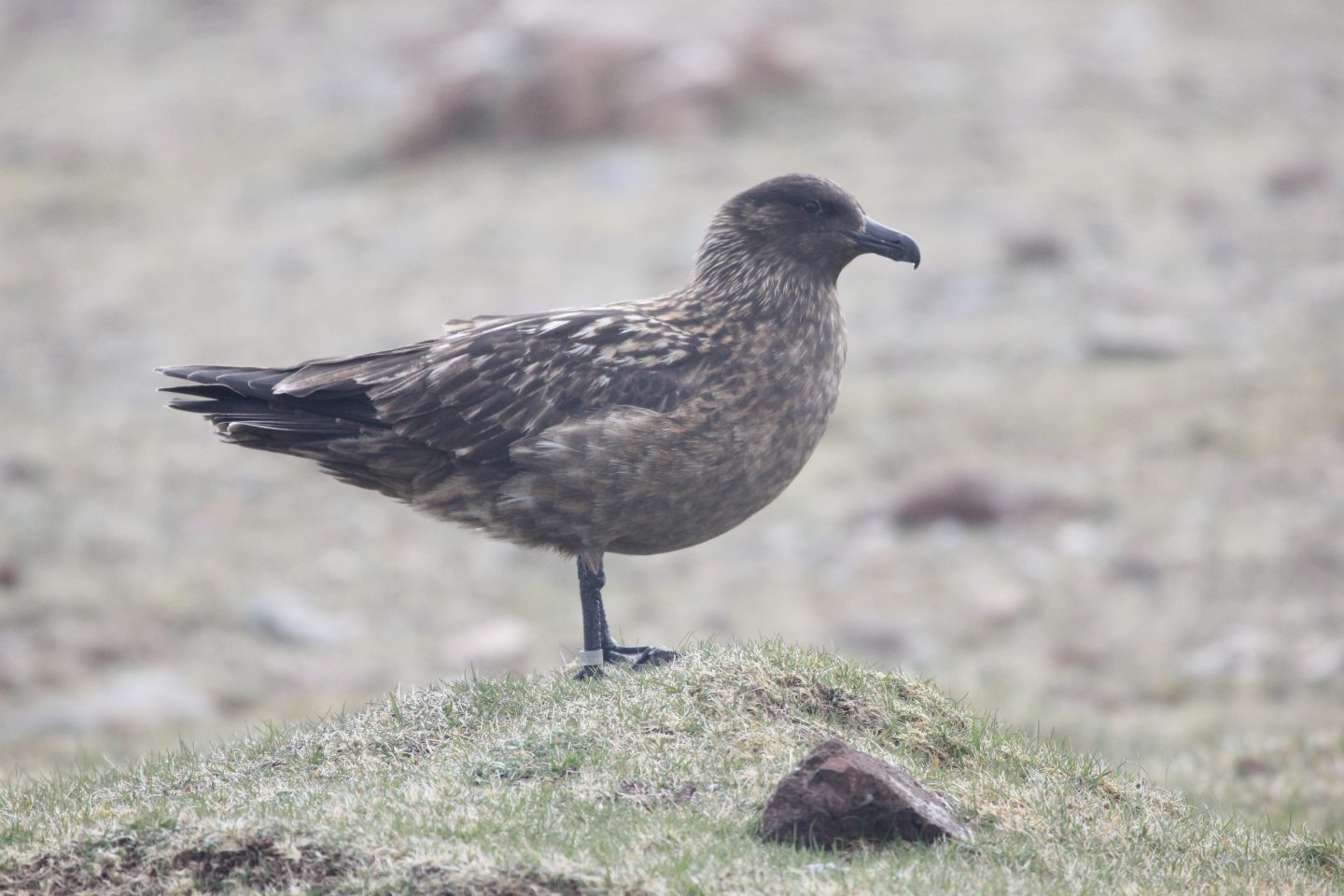
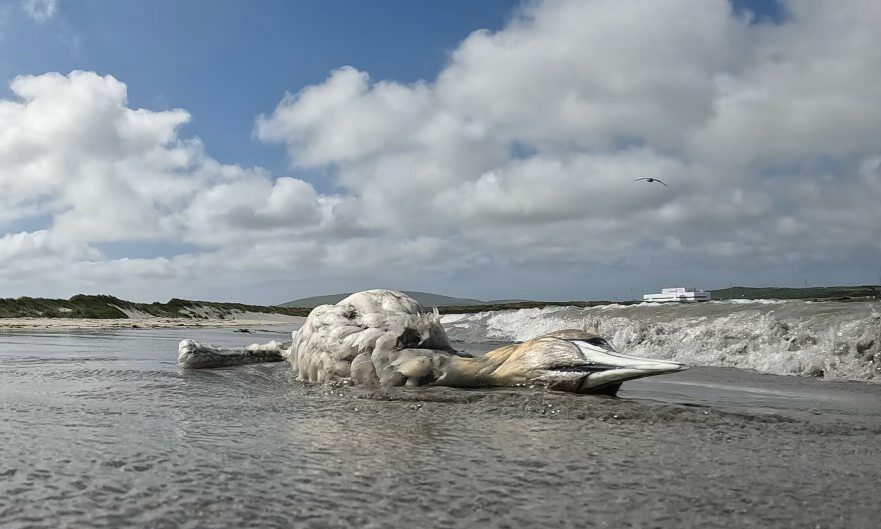
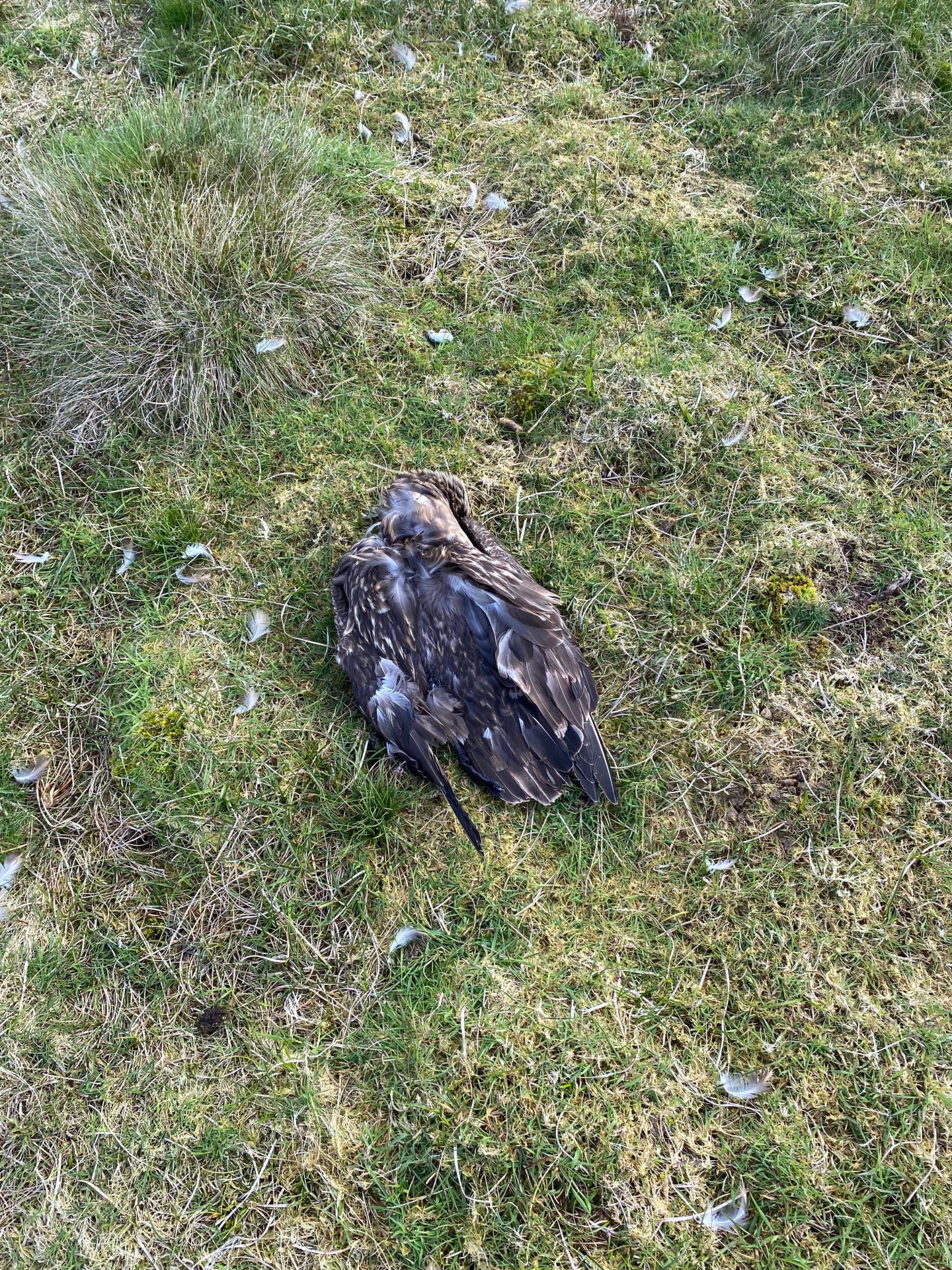
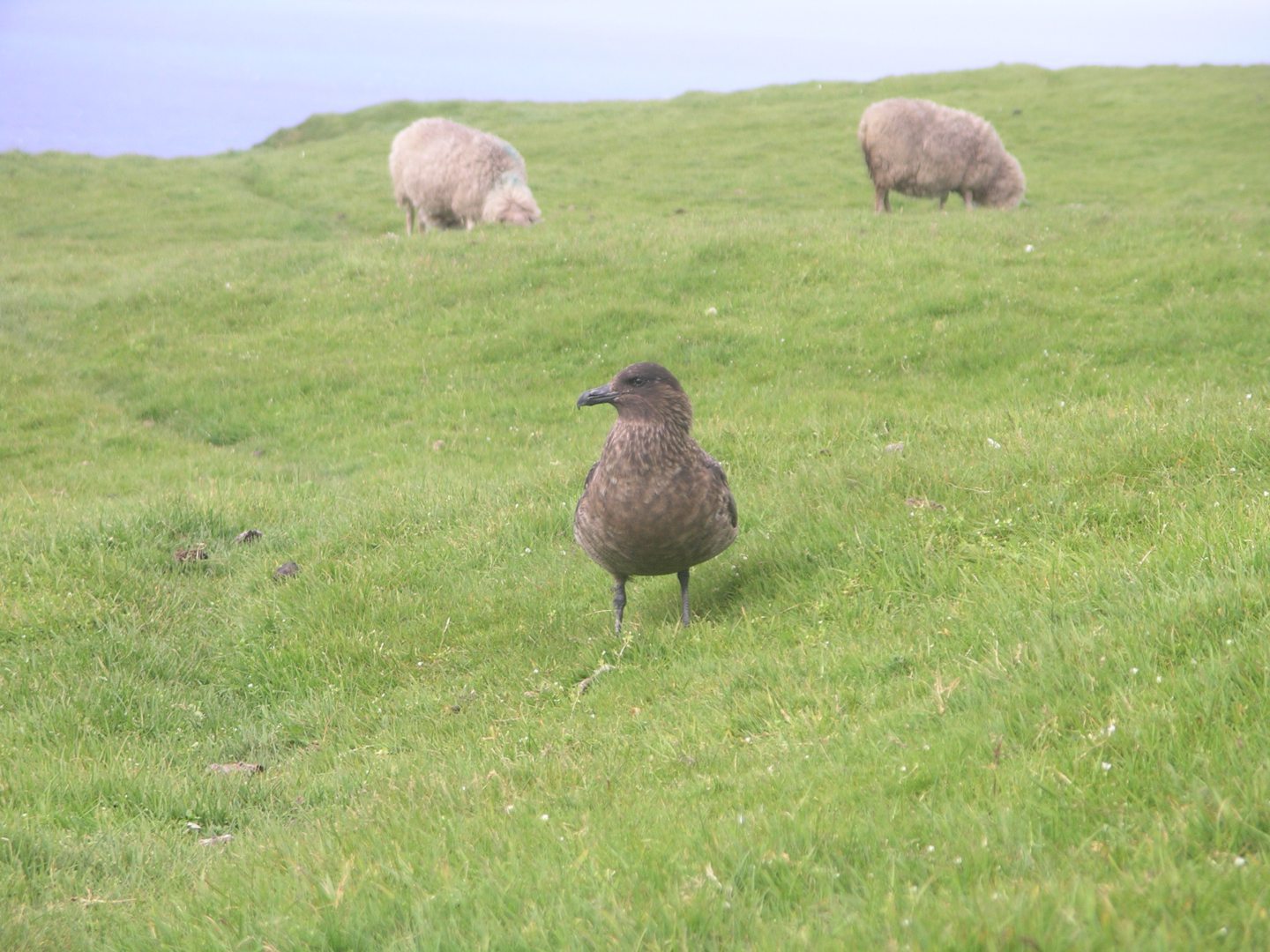
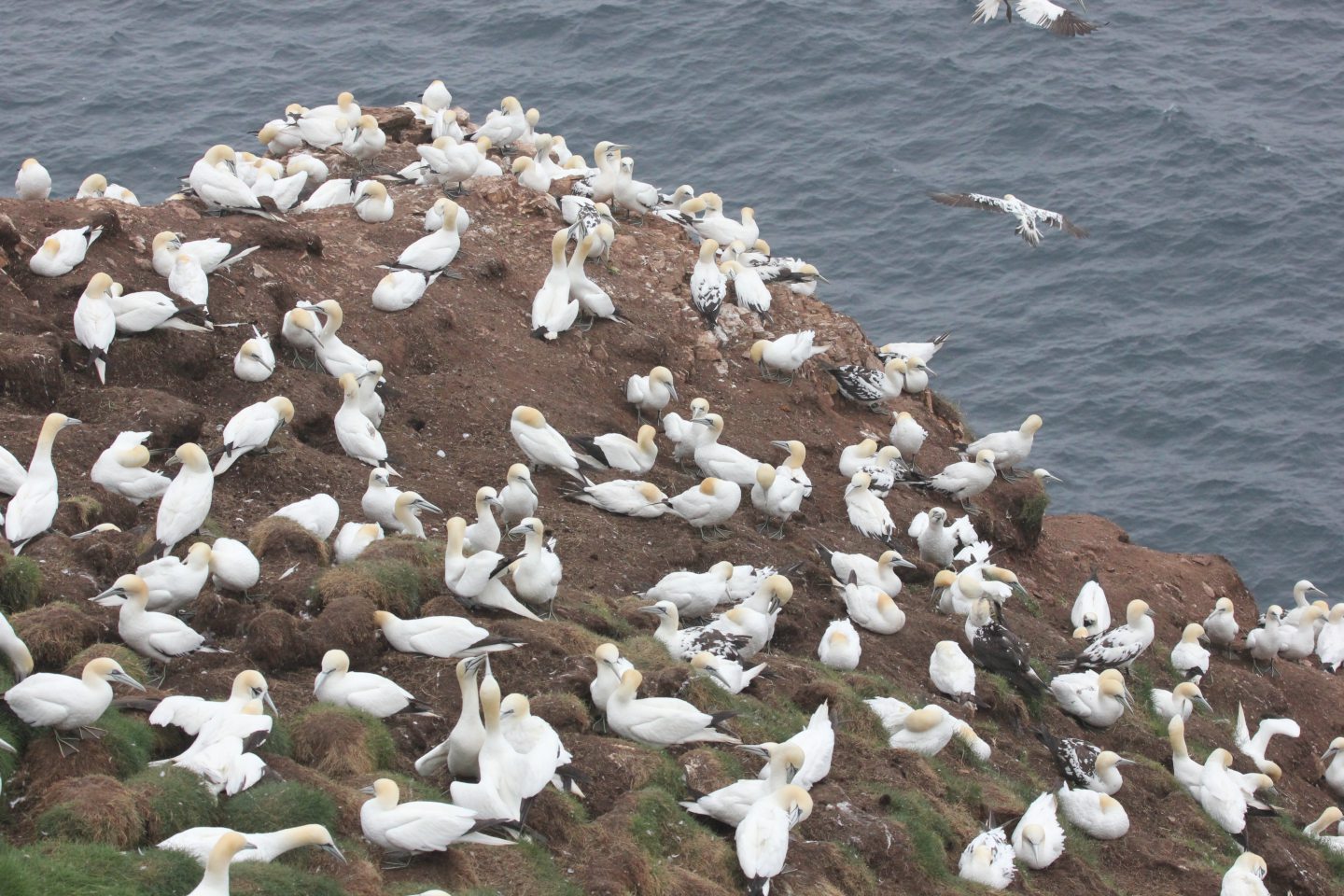
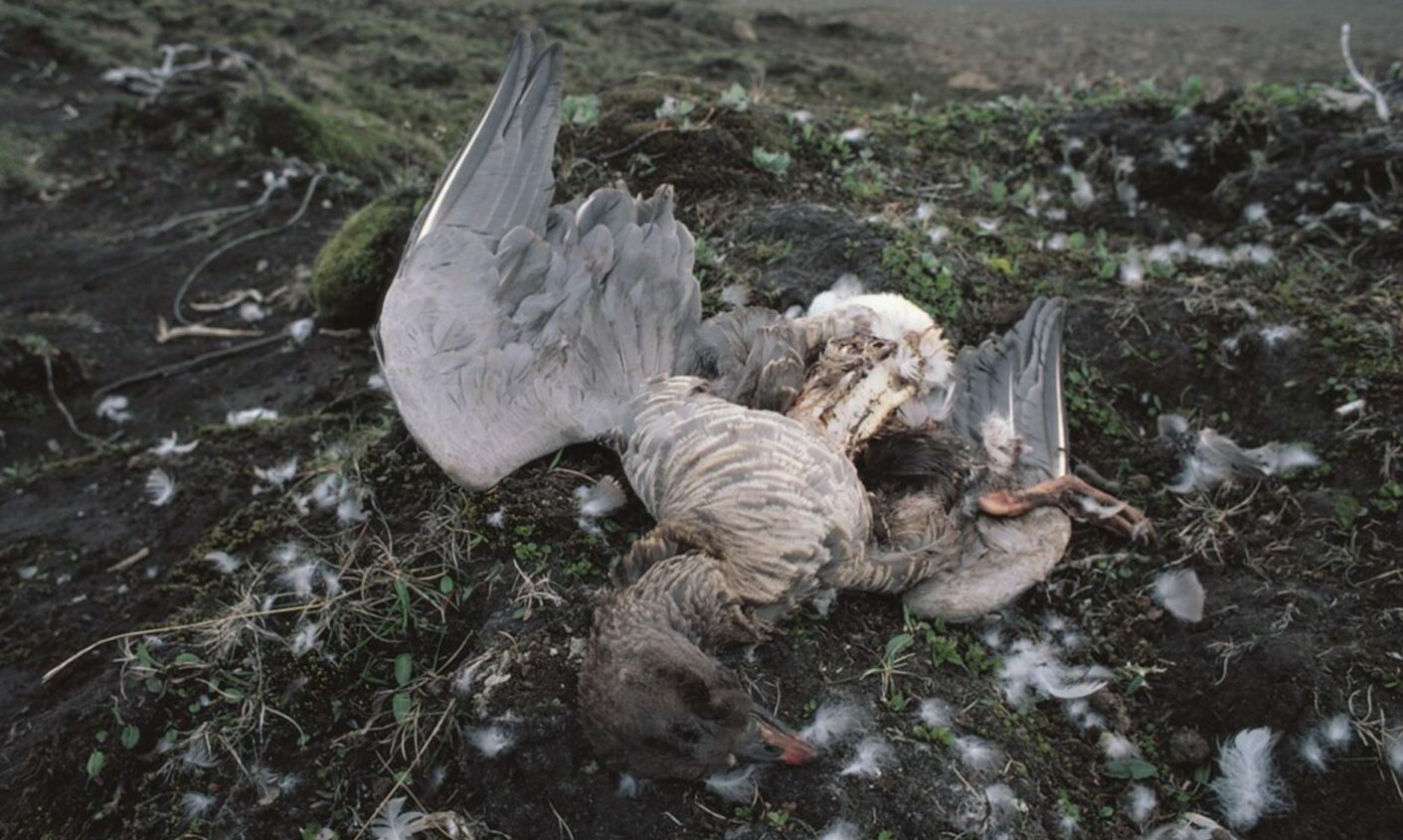
Conversation